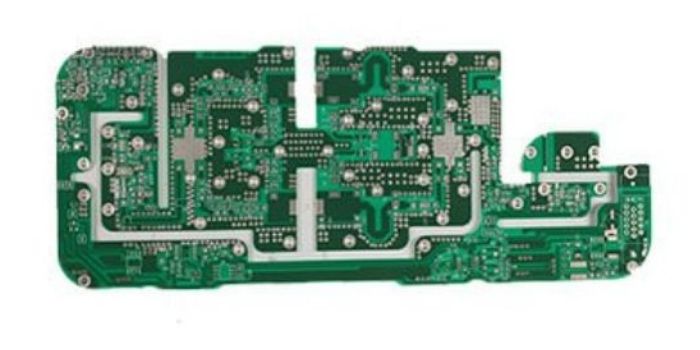Unlocking the Secrets of PCB Assembly: A Journey into Precision and Innovation
In the realm of modern electronics, the Printed Circuit Board (PCB) stands as the unsung hero, silently orchestrating the intricate dance of electrons that powers our devices. Behind every functional electronic gadget lies a carefully assembled PCB, a technological marvel that connects and organizes the electronic components with precision. In this blog, we embark on a journey into the fascinating world of PCB assembly, exploring the intricacies of the process and its pivotal role in the electronics industry.
The Basics of PCB Assembly:
PCB assembly is the process of populating a bare PCB with electronic components to create a functional circuit. The assembly can be broadly categorized into two main types: Through-Hole Assembly and Surface Mount Assembly.
- Through-Hole Assembly: Through-hole assembly involves inserting component leads through holes in the PCB and then soldering them on the opposite side. This method is often associated with older electronic devices and components with larger sizes.
- Surface Mount Assembly: Surface mount assembly, on the other hand, places components directly onto the surface of the PCB. This method is more modern and allows for smaller and more densely packed circuit designs.
The PCB Assembly Process:
- Design and Prototyping: The journey begins with the design phase, where engineers meticulously plan the layout of the PCB. This design is then prototyped to ensure functionality and identify any potential issues.
- Component Placement: Once the design is finalized, the next step is component placement. Automated pick-and-place machines are often used to precisely position the electronic components onto the PCB. This step is critical for achieving the desired functionality and performance.
- Soldering: Soldering is the process that solidifies the connection between the components and the PCB. Modern assembly lines utilize reflow soldering, where solder paste is applied to the PCB, and then the entire assembly is heated to melt the solder, creating secure connections.
- Inspection and Testing: Rigorous inspection and testing follow the soldering process to ensure the quality and reliability of the assembled PCB. Automated optical inspection (AOI) and functional testing are commonly employed to identify defects and verify the functionality of the circuit.
Advanced Techniques and Technologies:
- Surface Mount Technology (SMT): SMT has revolutionized PCB assembly by enabling smaller, lighter, and more efficient electronic devices. It involves attaching components directly to the PCB surface, eliminating the need for holes and allowing for more compact designs.
- Advanced Robotics: Automated robotic systems are increasingly being employed in PCB assembly to enhance precision and efficiency. These robots can perform tasks such as component placement, soldering, and testing with unparalleled accuracy.
- 3D Printing: 3D printing technology is making inroads into PCB assembly, offering the potential for more flexible and customized designs. This innovative approach allows for the creation of complex three-dimensional circuitry.
Challenges and Future Trends:
While PCB assembly has come a long way, challenges persist, including the need for environmentally friendly manufacturing processes, addressing the electronic waste issue, and staying ahead of the ever-evolving technological landscape.
Looking to the future, advancements in materials, miniaturization, and artificial intelligence are expected to further revolutionize PCB assembly. The quest for faster, smaller, and more powerful electronic devices will continue to drive innovation in the field.
Conclusion:
PCB assembly is the backbone of modern electronics, enabling the seamless integration of components that power our daily lives. As technology advances, so too does the complexity and precision required in the assembly process. This journey into the world of PCB assembly unveils the meticulous craftsmanship and cutting-edge technologies that contribute to the creation of the electronic devices we rely on in the 21st century.
